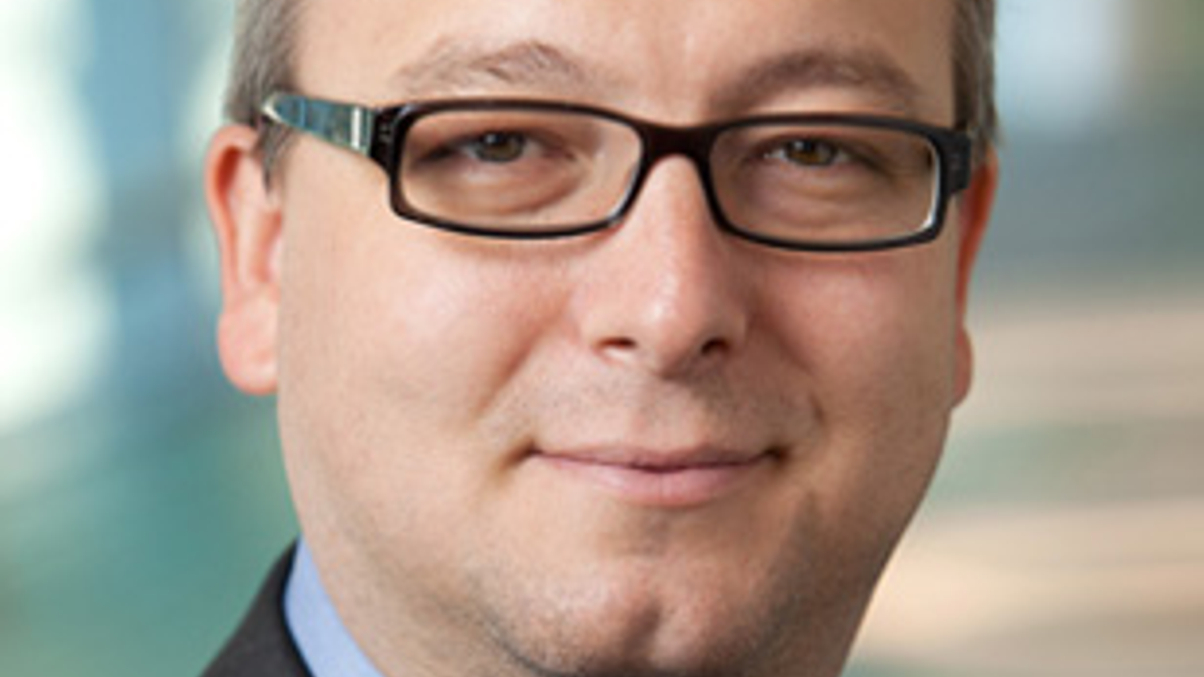ETP fixed income trend points to dichotomy
Exchange-traded products have seen strong inflows at opposite ends of the debt spectrum. Also, BlackRock addresses accusations that ETPs are not as cheap as billed.

Growth in exchange-traded products (ETP) this year has been led by fixed income, although quirkily most money has been drawn into opposite ends of the risk spectrum.
Sign in to read on!
Registered users get 2 free articles in 30 days.
Subscribers have full unlimited access to AsianInvestor
Not signed up? New users get 2 free articles per month, plus a 7-day unlimited free trial.
¬ Haymarket Media Limited. All rights reserved.


